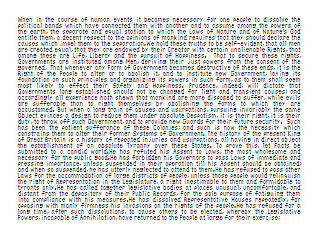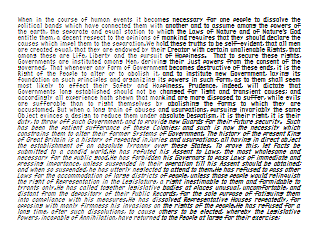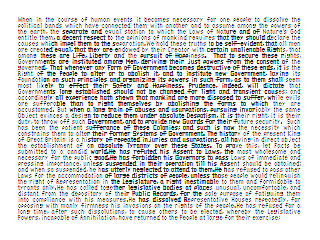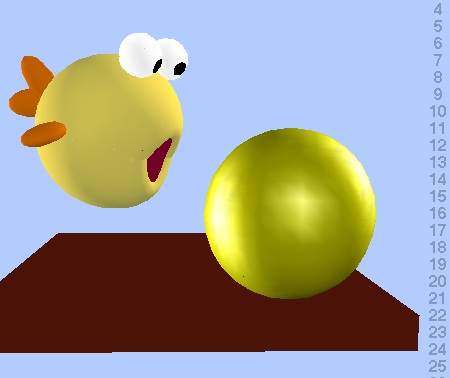Thanks for the wonderful suggestions about community-created work. The suggestion by Li-Yi Wei to use a Wikipedia-like history model could be intriguing, when applied to building an animated sim — a kind of modifiable world where you set up conditions, and then let your simulated universe plays things out. Especially if navigating between universes is very easy.
My Fish Tales toy is a very simple example of a sim, since the fish is running a low-level A.I., which gives him a limited amount of autonomy (not over what he does, but over how he does it). It could be even more interesting to apply a save-all-history model as the A.I. underlying such a sim becomes more advanced, and the creatures in it more autonomous. In a sense, each authorable state of the sim would generate a particular alternate universe, whose inhabitants live by unique rules.
Anybody who goes to the site can set conditions any which way they like. As long as all previous authored states are saved, then none of these universes will ever be lost. I’m picturing a giant scroll-bar, which could be called the Multiverse Express, to let you quickly scrub through the history to see all changes ever made by past authors.
If all previous universes are saved, there is no need for branching. Just copy a universe you like, paste it on the end of the growing track, and edit to taste. No harm, no foul.
Some universes would most likely be rather boring, with characters doing dull and repetitive things. But others might be gloriously alive, if an author is talented enough to find just the right settings. Those alternate universes that get more frequent visits along the Multiverse Express become marked as popular tourist destinations (sort of like Rod Serling’s town of Willoughby).
Welcome to the Multiverse Express. Next stop, Willoughby!




